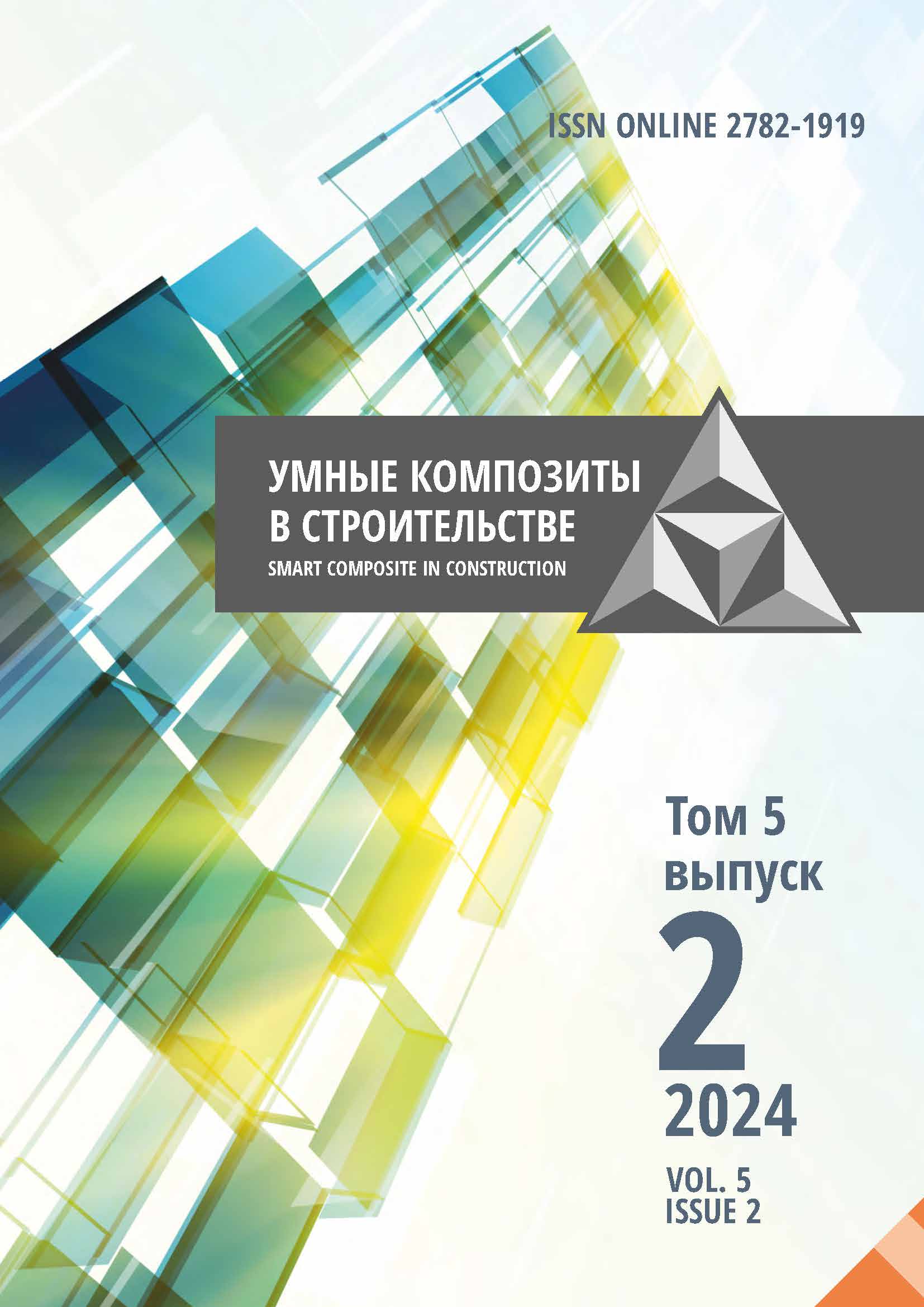Yaroslavl, Yaroslavl, Russian Federation
Yaroslavl, Yaroslavl, Russian Federation
Yaroslavl, Yaroslavl, Russian Federation
Yaroslavl, Yaroslavl, Russian Federation
The paper describes the production of modifying additive on the basis of waste - deferrization sludge of waste groundwater of Nekrasovskoye settlement, Yaroslavl region. The authors found that the predominant components of this waste are trivalent and divalent colloidal iron in the ratio of 3:1. The authors propose to use this waste as a modifier of asphalt concrete mixture to increase the adhesion of bitumen to mineral components based on the study of its physical and chemical properties. The authors have conducted studies of mixes of various grades and selected optimal conditions for the use of deferrization sludge in the technological process of asphalt concrete production. The use of modifying additive allows to increase shear stability and water holding capacity of asphalt concrete.
asphalt concrete mixtures, asphalt concrete quality, adhesion additive, deferrization sludge, water resistance, shear stability
1. Kotov, S.V., Timofeeva, G.V. & Levanova, S.V. et al. (2003) "Road bitumens with modifying additives", Chemistry and technology of fuels and oils [Khimiya i tekhnologiya topliv i masel], (3), pp. 52-53 (in Russian).
2. Razgovorov, P., Ignatyev, A. & Gotovtsev, V. & Vlasova, E. (2021) Using Granulate Composites with Calcined Phosphogypsum and PET Additive in Asphalting, Mat. Sci. Forum, (1049), pp. 257-265.
3. Iignatyev, A.A., Razgovorov, P.B. & Gotovtsev, V.M. (2023) "Structure Formation and Consumer Properties of Granular Asphalt-Concrete Mixtures with Phosphogypsum Inclusion and Secondary Polyethylene Terephthalate", Building and Reconstruction [Stroitel'stvo i rekonstruksiya], 1(105), pp. 123-132 (in Russian).
4. The use of groundwater. Available at: https://nationalatlas.ru/tom2/215.html (accessed 22.03.2013) (in Russian).
5. Krainov, S.R., Ryzhenko, B.N. & Shvets, V.M. (2004) Geochemistry of groundwater. Theoretical, applied and environmental aspects. M.: Nauka (in Russian).
6. Zolotova, E.F. & Ass, G.Yu. (1975) Purification of water from iron, fluorine, manganese and hydrogen sulfide. M.: Stroyizdat (in Russian).
7. Chemical encyclopedia: In 5 volumes: vol. 1. M.: Soviet Encyclopedia, 1988 (in Russian).
8. SNiP 2.04.02-84. Water supply. Outdoor networks and structures. M.: Stroyizdat, 1986. With amendment no. 1 (approved by the Order of the Ministry of Regional Development of the Russian Federation dated 12/29/2011 No. 635/14) (ed. on 30.12.2015) (in Russian).
9. Golovin, V.L. (2003) Problems of groundwater purification from stable forms of iron, Melioration and water management [Melioratsiya i vodnoe khozyajstvo], (6), pp. 39-41(in Russian).
10. Yanin, E.P. (2008) Sediment of iron-containing underground drinking waters (formation, features, problems of utilization), Scientific and technical aspects of environmental protection – Working Environment, (4), pp. 26-57 (in Russian).
11. Timrot, S.D., Yezhov, A.A., Zadvornov, I.M., Lavrentieva, M.V. & Zavarin, O.E. Method of preparation of asphalt concrete mixture. Pat. 2732176 Russia. 2020.







